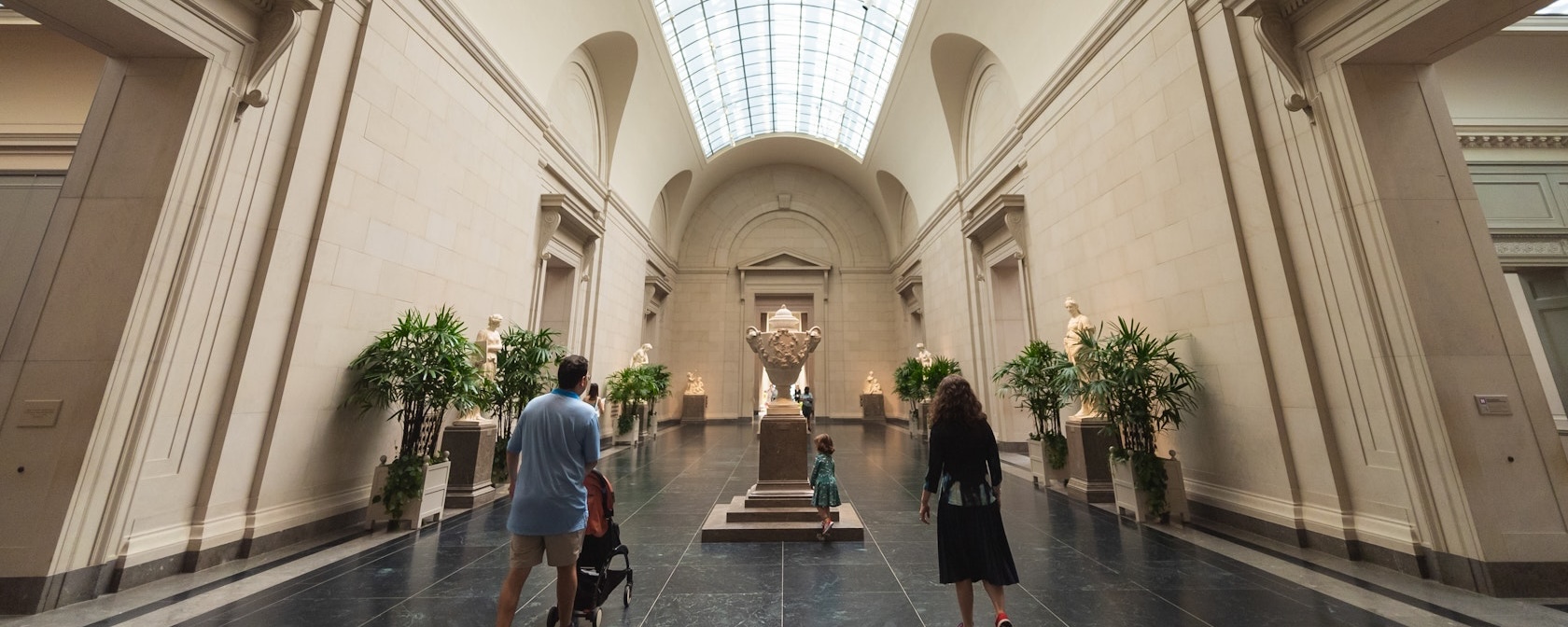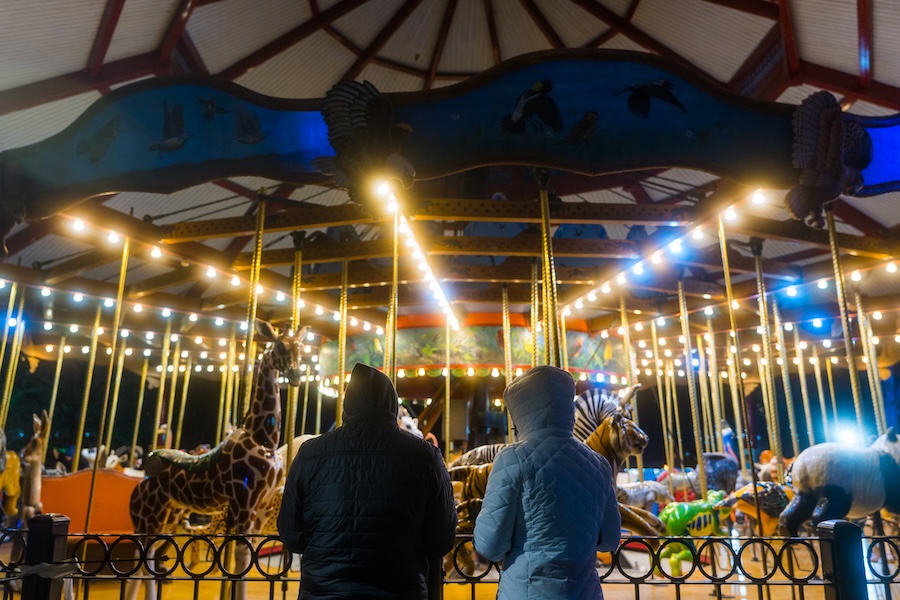Engage with African art and history at this free Smithsonian museum on the National Mall.
What is the Smithsonian National Museum of African Art and where is it?
The National Museum of African Art is located on Independence Avenue SW on the National Mall. The museum possesses the largest publicly held collection of African art in the United States, with roughly 12,000 objects in total. Its mission: to teach visitors about African art in order to create a dialogue that crosses cultural boundaries.
Hours & Ticketing
The museum is free and open to the public from 10 a.m. – 5:30 p.m. daily, except for Dec. 25. All public spaces, exhibitions and programs at the museum are accessible to visitors with disabilities.
Best way to get there.
The easiest way to reach the National Museum of African Art is via public transportation. If traveling by Metrorail, exit at the L’Enfant Plaza stop (on the Blue, Orange, Silver, Green and Yellow lines) and use the Maryland Avenue/Smithsonian Museums exit. If traveling by bus, take the DC Circulator’s National Mall route or 30, 32, 34 or 36 Metrobus lines.
What will I find inside the National Museum of African Art?
With a collection of artifacts that spans from the ancient to the contemporary, the museum provides a comprehensive look at the history of artistic expressions in Africa, presenting the continent through a creative lens that you would be hard-pressed to find anywhere else.
Collection highlights include African Mosaic: Selections from the Permanent Collection, which collects museum purchases and gifts spanning a decade. The standout piece: an incredible sculpture of Haitian leader Toussaint Louverture by Senegalese artist Ousmane Sow. The Walt Disney-Tishman African Art Collection Highlights features rare works of traditional art from sub-Saharan Africa. The museum also boats stunning photographic archives and a world-class library.
Currents: Water in African Art, one of the museum’s ongoing exhibits, focuses on pieces with water as their theme, encountering myths, metaphors and rituals along the way. Water’s importance is reflected across the many different materials and styles highlighted in this collection.
The National Museum of African Art also offers docent-led tours of the museum every week, as well as film screenings and panel discussions that serve to increase the dialogue surrounding Africa and its art. The museum can also host private events throughout its spaces, including a pavilion, a mezzanine, a lecture hall and conference rooms.







